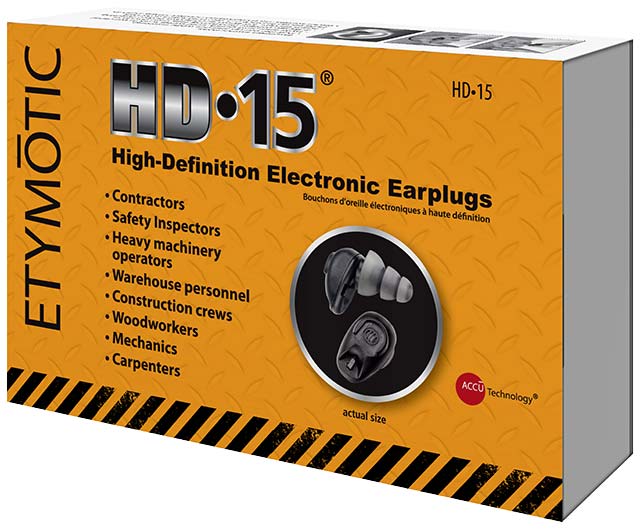
Maybe 30 to 40 percent of my patients are farmers. Noise damage to the ear is almost epidemic ... The noise exposure of young people growing up on the farm stays with them even after they leave the farm for another career.
Hear that? Maybe not, if you have been around farm tractors and other agriculture machinery your entire life.
According to the United States Department of Labor, twenty-two million workers are exposed to potentially damaging noise at work each year. Many of these workers are farmers and ranchers.
Exposure to tractors, forage harvesters, chain saws, combines, grain dryers, even squealing pigs and guns, can lead to significant hearing loss, says Dr. Richard Kopke, M.D., FACS, chief executive officer of the Hough Ear Institute in Oklahoma City. Kopke was in the military for 26 years and has conducted research on noise induced hearing loss since 1996.
“Maybe 30 to 40 percent of my patients are farmers,” Kopke said. “Noise damage to the ear is almost epidemic.”
“Most of the patients I see are in three main areas of occupation: the military, oil patch or farmers,” Kopke said.
The focus on hearing loss is especially important for family farmers with young children.
“The noise exposure of young people growing up on the farm stays with them even after they leave the farm for another career,” Kopke said.
The Oklahoma doctor is known worldwide for his work in the field of noise-induced hearing loss. He refers to the dilemma as the “silent hurt.”
“When you damage your ears with noise, you often don’t realize it because it’s not always painful,” Kopke said. “It’s not the shotgun blast from last weekend’s hunting trip as much as it is the everyday, constant exposure to machinery. It gradually sneaks up on you. You may not know until it’s too late.”
The most practical way to protect from hearing loss is with personal hearing protection, such as ear plugs in the ear canal or ear muffs. One of the leading manufacturers of hearing protection is Etymotic Research, Inc.
“Etymotic is one of the top companies in the country for protecting hearing,” Kopke said.
Dr. Wayne Staab, Ph.D. Dammeron Valley, UT, is an internationally recognized authority in hearing aids and consults on issues related to hearing protection. Staab has conducted research specific to agriculture (see sidebar accompanying this article).
Both Staab and Kopke agree hearing loss cannot be reversed today.
Damage is a function of the loudness of the noise and the duration or frequency of the noise.
Kopke says the damage can be life altering.
“Hearing loss can cause one to be socially isolated leading to depression,” Kopke said. He added other health areas such as loss of balance due to hearing damage, can impact one’s life.
Kopke said high quality foam ear plugs work well in most circumstances, but you must get them deep into the ear canal.

